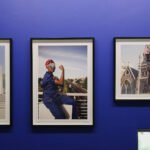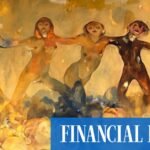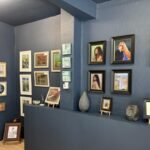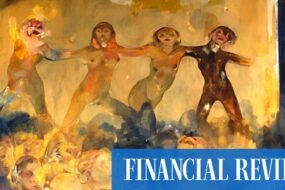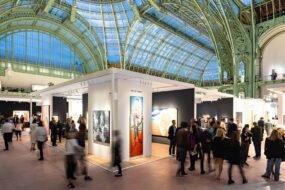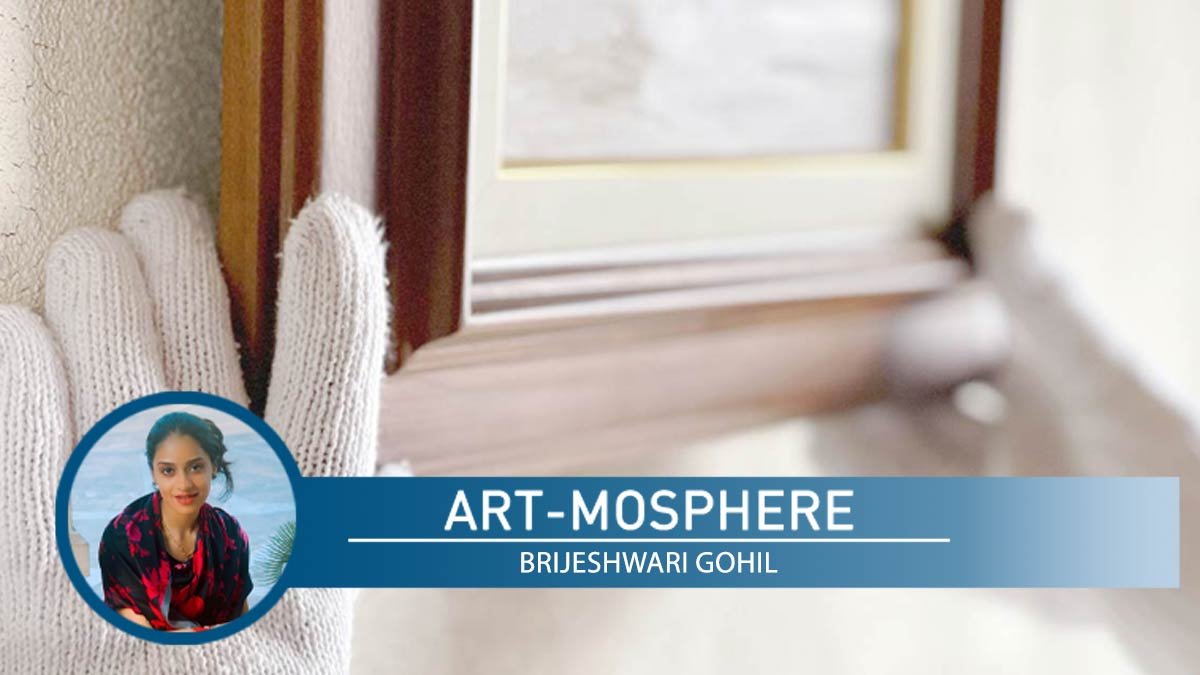
I still recall watching The Thomas Crown Affair while in high school and thinking what a masterpiece of a film, a riveting piece of entertainment and fiction it was. Later, I learnt that in the world of art, there actually exists a parallel counterfeit market. A flourishing business of fakes and forgeries.
Last week, a prominent businessman in Mumbai filed a complaint against the Bengaluru-based art dealership Tangerine Arts Space, claiming that the two art works bought by him from the dealership are not original works. The two paintings, one by Jogen Chowdhury and the other by the Late K.G. Subramanyan, have been proven to be fakes. The dealership claims that they had no ill intention and sold the works in good faith, with the best of their knowledge and expertise.
So, who is to blame?
Unfortunately this is not the first nor will it be the last time an investigation and police case such as this erupts. The art market globally is riddled with fakes, illegitimate works of art worth millions circulating through dealers, each trying desperately to pass them on as an original. For a layperson, the first rule of law would be to check the back or verso of the painting. Look for a date, a catalogue or serial number, an artist’s signature, of course.
A few years ago, I came across an Instagram handle called ‘farziindianart’ debunking fake works and calling out dealers, sellers. A breath of fresh air, a refreshing way of spotlighting illegitimate works. Sadly, the account stopped posting a few years ago, leaving us hanging.
In recent times, museums and institutions have started opening a channel of communication and dialogue on repatriation of art and antiquity. Similarly, they are also acknowledging and being more transparent on replicas and inauthentic works of art.
Last year, the Van Gogh Museum put to the sword a trio of paintings from private collections. This included a painting of a peasant woman, which was authenticated and sold for an impressive $1 million by Christies back in 2011. Similarly, the National Gallery’s most valuable Rubens titled Samson and Delilah has been questioned by many as a fake. Thankfully, so far the Gallery and its historic, sumptuous piece of art are safe with the help of an exhaustive report and compelling evidence in support of the painting’s authorship. Signed by three leading academics including Gregory Martin, an expert on Rubens, the body of work is testament to the level of transparency and research institutions must do.
Continuing this has been a slew of investigations, predominantly into the Russian art world, illuminating the extent and seriousness of the vast number of fakes being produced and procured.
While I usually tend to binge watch pointless reality television shows, my recent draw has been to a gripping series on BBC One titled Fake or Fortune. As journalist Fiona Bruce and art dealer Philip Mould explore and solve some of the most intriguing art mysteries, one is left bewildered on how precisely authentic a counterfeit painting can really be. Earlier this week, the series aired an episode with investigations on a painting possibly created by Sir Winston Churchill. The viewer is taken on a whirlwind journey, through a compelling search.
Bary James, the present owner of the work, is an art enthusiast and collector who bought the painting for a meager £140 at an antiquity fair. The artwork depicting a beautiful English garden on a summer’s day dates to 1916. If authenticated, this could be one of Churchill’s lost works and worth much more than a few hundred pounds. While the case for the painting was convincing, the episode ended with no expert willing to take accountability and authenticate the work. This included the professional auction house Bonhams who kindly suggested the confirmation and opinion of an expert. Sadly, for Barry and enthusiastic viewers such as myself, this was not the hoped for ending.
The Vienna Museum of Art Forgery is the world’s only genuine art forgery museum narrating scandalous stories of notorious art forgers such as Tom Keating. While there is a subtle hint of sarcasm through the museum exhibits, it is also educating the visitor about the differences between an original, a copy and a forged work.
In India, the absence of unbiased authentication committees, sophisticated technology is resulting in rampant frauds in the art world. Supposed paintings of artists such as Raja Ravi Varma, M.F. Husain or even S.H. Raza are selling for record-breaking prices. The originality of these is later questioned with sensationalised news. To combat this the tech sector is coming up with its own sophisticated tactics such as x-rays, infrared reflectography and even artificial intelligence driven models. While some believe replacing subjectivity with objectivity, removing human judgement is the best solution, art scholars are still certain that human research, provenance is the best way forward.
We are indeed in need of a versatile organisation in India which has the expertise to vet provenance and debunk false claims. Or, perhaps, it’s time we invite Fiona and Philip for a trip to India. To uncover the many layered stories of fakes and forgeries.

